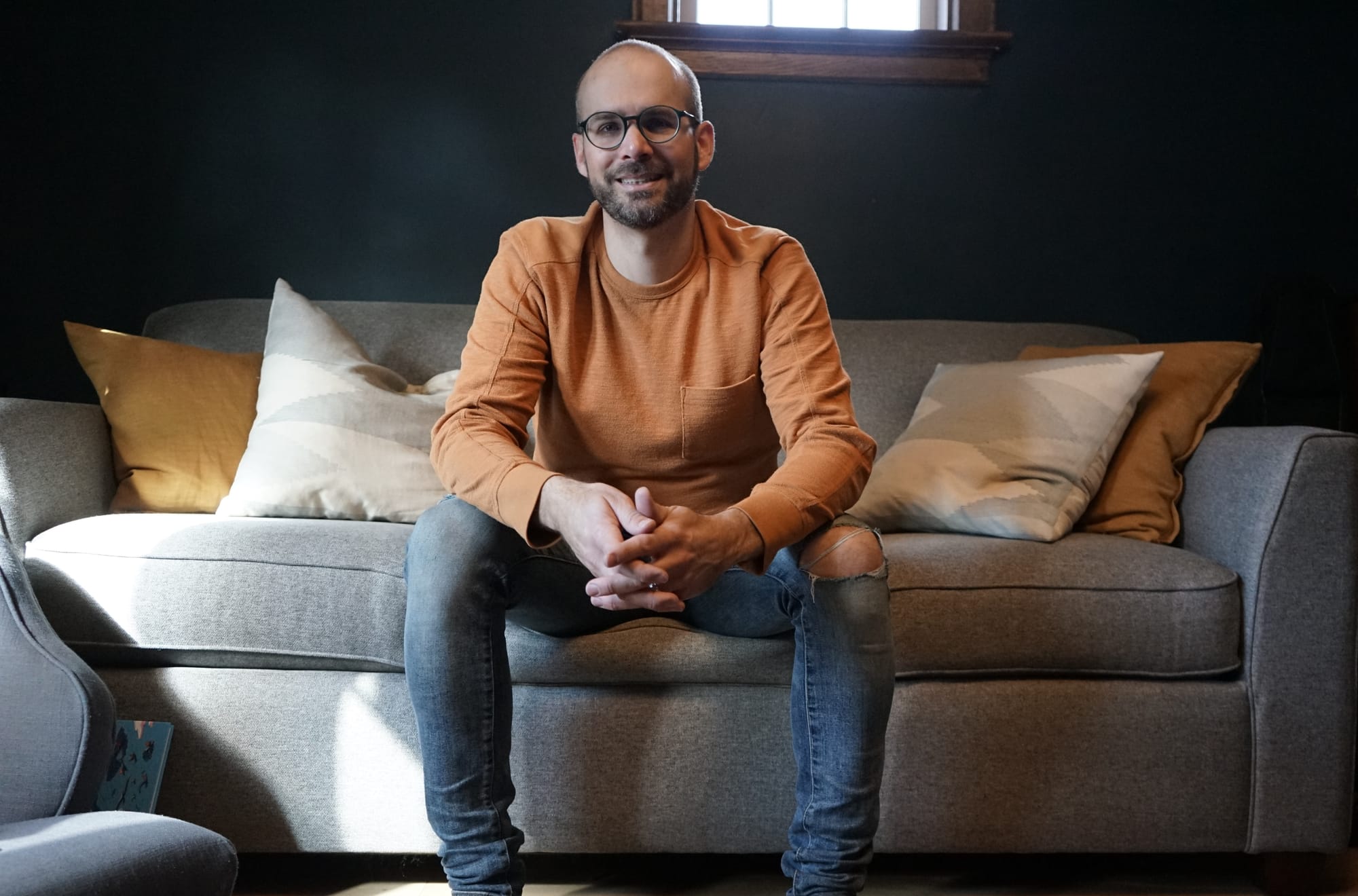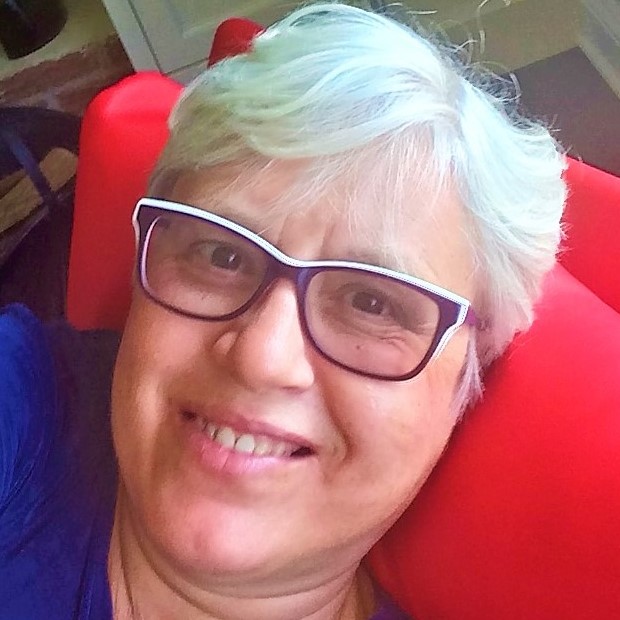Finding the Form with Geoff Martin
“The Isabel Letters” found its form super late in the drafting process. Which made it feel exactly right—the sudden realization that each short section should begin with a salutation of some sort, should gesture to the exchanges I’d been having with the writer Isabel Huggan for several years and that she’s been having with far flung friends and family her entire life. If I hadn’t been so excited to slice, mend, and revise Draft #4 into this new structure, I would have been knocking my head on the desk for not thinking of it earlier.
I wish such magic would strike more often. But of course, creative work arrives on its own terms. Our task as writers and artists is simply to make sure we’re there, ready to catch what’s on offer. This was the lesson I took from Julia Cameron’s The Artist’s Way before I had any writing process to speak of, just a long simmering desire to write…at some point.
And that desire to write came in part from encountering Isabel Huggan’s award-winning debut collection, The Elizabeth Stories (1984), back in high school in the early 2000s—the same high school, not incidentally, that Huggan had attended forty years earlier. Whispers of controversy still circled the book for its depictions of childhood sexuality and coming-of-age desire, whispers that made of me an especially eager reader. I was assigned only the first story, but I had my copy for the entire weekend, so of course I read them all. As I remark in the essay, “I hadn’t yet imagined that there were words to be written about or inspired from life in town. That reading experience was a profound one, and for years I’d carried it around as a quiet secret.”
But it was actually her later book of essays and short stories on home and belonging that made me want to write about her writing. Belonging: Home Away from Home, which won the 2004 Charles Taylor Prize for Nonfiction, offered me an example of an artist writing about making home in a new place (France) while missing other homes in other places (the Philippines, Kenya, Ontario). I had also been moving constantly throughout my adult years. And in the processes of reading and re-reading Belonging, the book offered up a set of craft lessons about shifting fluidly between the topographies of the past and the present in an observant and reflective storytelling mode. The book has been a clear model for my own writing. But still, how to go about writing about her writing?
The pandemic changed the calculus. From lockdown in my San Francisco apartment in March 2020, I asked Kyle Wyatt, editor at the Literary Review of Canada, if he could put me in touch with Isabel, who had been living in France for some twenty years. Not knowing when I would ever have the chance to meet her and still unsure about ever writing (that is, starting) an essay about her work, I thought I would at least just say thanks. Which is what I finally wrote: Thank you for your writing.
That email launched a correspondence that became a long-distance friendship. Midway through the pandemic, we both ended up moving back to southwestern Ontario. And in the fall of 2022, she came through Kitchener and stopped off at my place, our first in-person meeting. I served her tea, and she surprised me with an account of the deep personal and familial pain that the fallout from The Elizabeth Stories had caused her. I had no idea, and it upended a bunch of my assumptions about her work and life.
I had just begun writing “The Isabel Letters” at that point, so these revelations shifted the direction of the piece. I was also using numbered sections as structure, but they lacked cohesion. The whole essay felt jumpy. I had also amassed considerable material (two days with her archival papers at Western University, for example, as well as the transcript from a four-hour interview I conducted with her at her home in Orillia). As a result, the essay had grown to more than 7,000 words but hadn’t yet found its raison d’être, my writing group kept pointing out.
Later that summer, August 2023, I discovered the formal constraint I mentioned at the outset and that I desperately needed in order to re-organize the sections and cut down the wordiness: I would use an epistolary format throughout, beginning each section with a salutation: “Dear Isabel…,” as the essay kicks off, followed by her reply, “Dear Geoff….” The essay then pivots to some of the letters from her professional correspondence or my own inquires to other people as I research and write about Isabel’s story, all of which serve to enliven the piece with additional voices while also conjuring a kind of in media res action to the unfolding narrative. Eventually, the essay returns to several more recent exchanges between Isabel and me, exchanges that push into greater vulnerability and newfound awareness.
I hadn’t predicted that the essay would evolve to become more about Isabel Huggan herself than about her published work. I also didn’t know how personal I would need to get. But this was when I knew I was on to something both good and frightening, the form of the piece now dictating the terms and pulling me along into new, unfamiliar territory. Magic was striking, and I had only one task—to chase after it, bottle open in one hand and a lid in the other.

Profile photo credited to Woolwich Observer / Andrea Eymann
Photo from Geoff Martin


